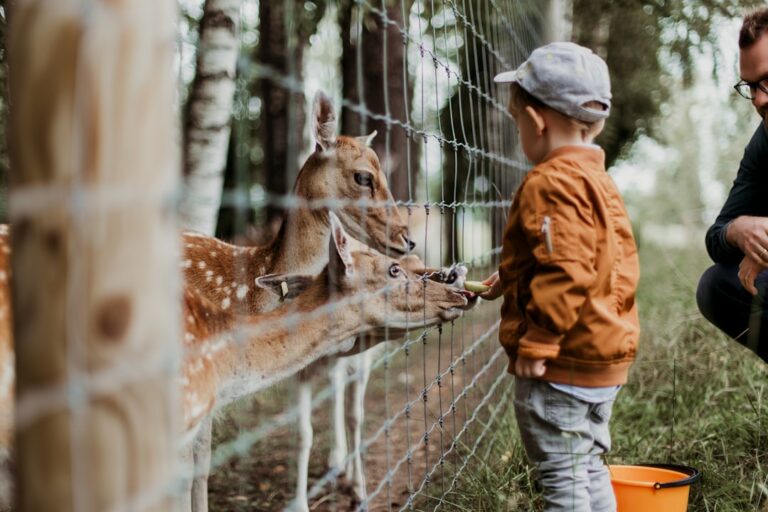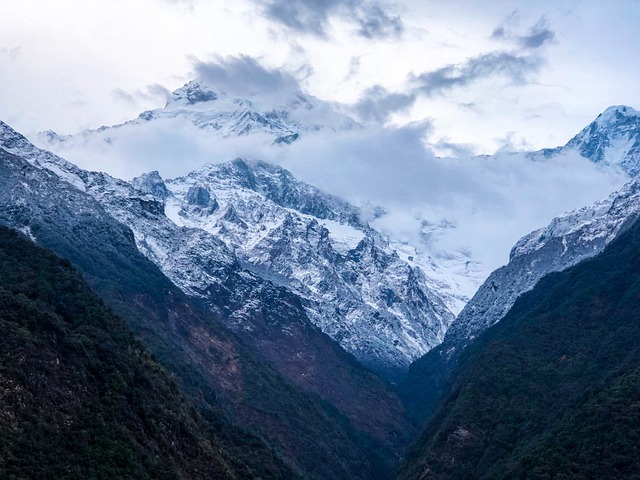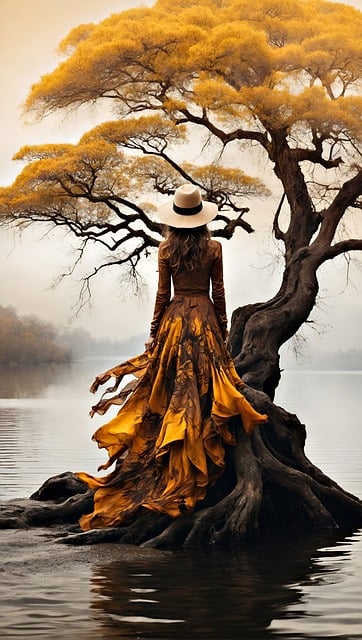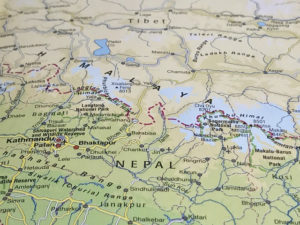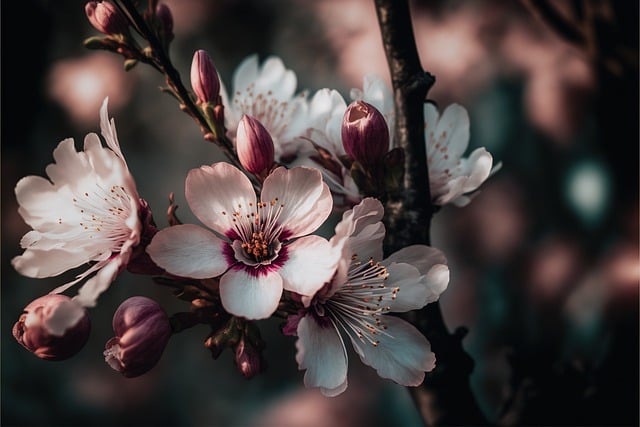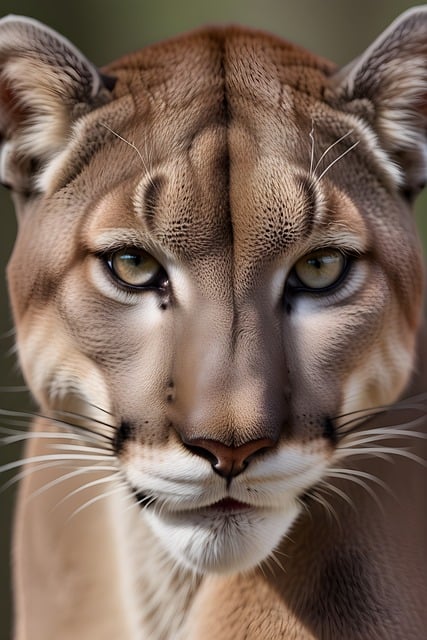At the Elephant Transit Home in Udawalawe National Park in Sri Lanka, a group of elephants come together. These elephants are given medical care, usually due to injuries from human attacks or traps, before being returned to their natural habitat.
Editor's Note: "The Whole Story with Anderson Cooper" provides a detailed examination of the deadly clash between elephants and humans in Sri Lanka. "Elephant Vs. Man" hosted by CNN's Nick Paton Walsh airs on Sunday, April 21, at 8 p.m. ET/PT on CNN.
Photographer Federico Borella collaborated with a team of Sri Lankan park rangers last summer. The rangers usually are in charge of deterring elephants that approach human settlements too closely. During one morning, they were summoned to a death scene.
A civil defense force officer, aged 51, was fatally attacked by an elephant while turning off the electric fence around his village. These fences are used to protect homes from elephant raids and are activated at night and deactivated during the day for farmers to enter and exit the village.
Borella, an Italian photographer who specializes in capturing environmental concerns, visited Sri Lanka to document the consequences of human and elephant encounters. In the presence of a large crowd, including villagers eager to witness the aftermath of the attack, he captured the moment when Wijesinghe's body was covered with linen cloth.
“`markdown
Borella, an Italian photographer who specializes in capturing environmental concerns, visited Sri Lanka to document the consequences of human and elephant encounters. In the presence of a large crowd, including villagers eager to witness the aftermath of the attack, he captured the moment when Wijesinghe's body was covered with linen cloth.
“`
"This is probably the saddest thing I saw," stated Borella when reflecting on his time in Sri Lanka. He spent much of his time taking photos of individuals who had experienced encounters with elephants and the measures taken to reduce attacks. With Wijesinghe's passing, "I saw the issue directly."
According to a report by the Wildlife and Nature Protection Society, 169 people lost their lives to elephants in Sri Lanka in 2023. Additionally, during that time, humans killed 476 elephants.
The fatal conflict arises from human expansion into elephant habitat. When people settle in places where elephants live, they construct homes and farms near elephant pathways known as corridors. These ancient routes are used by elephants to travel in search of sustenance like food and water.
It is a widespread issue that has been ongoing for centuries, especially in countries affected by expanded European colonization. Since 1700, activities like logging, road construction, and farming have led to the loss of about two-thirds of elephant habitats in Asia. This problem is particularly severe in Sri Lanka, where the elephant population exceeds expectations based on the current available habitat.
Borella started taking photos of human-elephant conflicts due to a curiosity about how human activities like urbanization and deforestation impact the interactions between people and wild animals.
"Since we are the most powerful species in the world, we think we have the right to do whatever we want, to conquer everything," Borella said. "Especially against animals."
– A 5-year-old girl named Nirupama Lakshani was tragically killed by an elephant in 2017 while walking to school with her grandmother.
Man Survives Elephant Attack in 2022
J.M. Muthubanda, aged 67, was injured by an elephant attack in 2022 while on duty at a nearby mine. After a hospital stay lasting five months, he is now unable to resume work because of the injuries sustained. The image shows him alongside his nephew.
During two visits to Sri Lanka, Borella examined the impact of the conflict. He sat on a veranda, conversed with a translator, and heard Mallika Herath's emotional story about an elephant attack that injured her and tragically took the life of her 5-year-old granddaughter, Nirupama Lakshani on their way to school.
“`markdown
During two visits to Sri Lanka, Borella examined the impact of the conflict. He sat on a veranda, conversed with a translator, and heard Mallika Herath's emotional story about an elephant attack that injured her and tragically took the life of her 5-year-old granddaughter, Nirupama Lakshani on their way to school.
“`
Borella spent a significant amount of time listening to her narrative before requesting permission to capture a photo of Nirupama. The image of the young girl left a lasting impression on Borella. It is worth noting that the majority of victims of elephant attacks are adult farmers.
“`markdown
Borella spent a significant amount of time listening to her narrative before requesting permission to capture a photo of Nirupama. The image of the young girl left a lasting impression on Borella. It is worth noting that the majority of victims of elephant attacks are adult farmers.
“`
"I believe this is one of the youngest victims," he stated.
– Elephants frequently invade homes in search of food, posing a danger to humans. In Sri Lanka, many houses have a designated room for storing rice, which elephants can detect even from long distances. These giant creatures use their size to break walls and access the food, sometimes causing significant damage to homes in the process.
This incident mirrors the experience of W.M. Disananyake Wasala, a survivor captured in Borella's photograph. He was attacked by an elephant in his backyard, resulting in injuries severe enough to require the amputation of his leg.
– When discussing the attack, Borella was taken aback by Wasala's lack of anger towards the situation. According to Borella, "He was not looking for revenge."
Raju, a wild elephant residing close to Maduru Oya National Park, has a scar and a deformed leg due to being shot. Despite the laws in Sri Lanka protecting elephants, very few perpetrators face legal consequences for harming them.
– Bags of rice typically get stored inside homes during the winter season.
– Elephants possess an incredible sense of smell that allows them to detect the grain from great distances.
– As a result, they may cause damage to homes while trying to access the rice.
– Borella recorded instances of elephants suffering at the hands of humans. An elephant named Raju, for example, had a scar and a crippled leg as a result of being shot. Tragically, Raju passed away not long after being captured in a photograph by Borella. He sadly fell into a canal, and his injured leg prevented him from getting out.
– A calf with a disfigured face was seen by Borella, who also captured a photograph of it. The calf was harmed by a "jaw bomb," which is a homemade explosive disguised with fruit to lure elephants into biting it.
The photographer is preparing to return to Sri Lanka this year to further develop his portfolio featuring elephants.
Meanwhile, finding effective solutions to the conflict proves to be challenging.
In Markdown format:
In certain villages, the use of electric fences has proven to be effective. According to Borella, one village he visited has not experienced any casualties in three years since installing an electric fence. However, when these fences are set to a high voltage by enraged farmers, they become the leading cause of elephant fatalities. Alternatively, some villages employ watchtowers or task rangers with non-lethal ammunition to deter elephants.
One expert I spoke with during my research suggested that the best solution could involve removing human activity from the elephant corridors.
– "Both species are struggling to survive, which is why it is labeled a conflict," Borella explained. "Finding a resolution is challenging."















